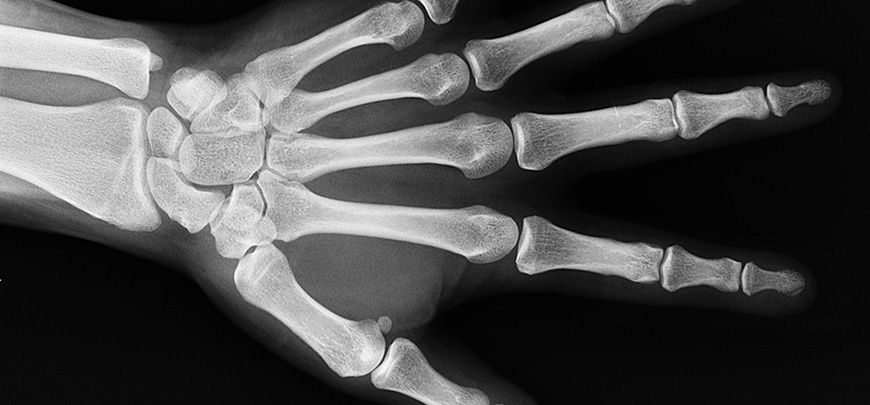Bone Density Health

An important factor in your musculoskeletal health is bone mineral density (BMD). Bone density peaks around age 25 to 30 and then starts to deteriorate. This presents a problem for both men and women and can increase the risk of osteopenia (beginning of bone loss) or osteoporosis (severe bone loss). This bone loss leads to increased risk of fractures especially after a slip and fall.
Symptoms:
Significant loss of height, Stooped/Curved Posture, History of Multiple Fractures, Brittle Nails, Receding Gums, Hand Strength and Decreased Overall Fitness.
Diagnosis:
Patients should start having bone density testing at 45- 50 years old. We have the ability to measure someone’s bone density by doing a simple DEXA scan. A DEXA scan is a 5–10-minute test that uses a form of x-ray imaging to measure the strength of bones and can show Osteopenia or Osteoporosis.
Treatment:
Dr. Eriksen uses a combination of pharmaceutical supplements, along with lifestyle changes including weight bearing exercises and dietary changes to promote both gaining and maintaining healthy levels of bone. Estrogen is also essential to bone health because it promotes the building and maintenance of bone strength.
FAQ
It depends on what your first DEXA scan looks like. If treatment is needed, DEXA scans should be repeated on a yearly basis. If Bone Density is normal it can be repeated every two years.
Green leafy vegetables, avocados, Nuts, Coconuts, sesame seeds, Berries, Dairy Products.
Any activity that the skeletal system does against gravity such as walking and resistance training.

